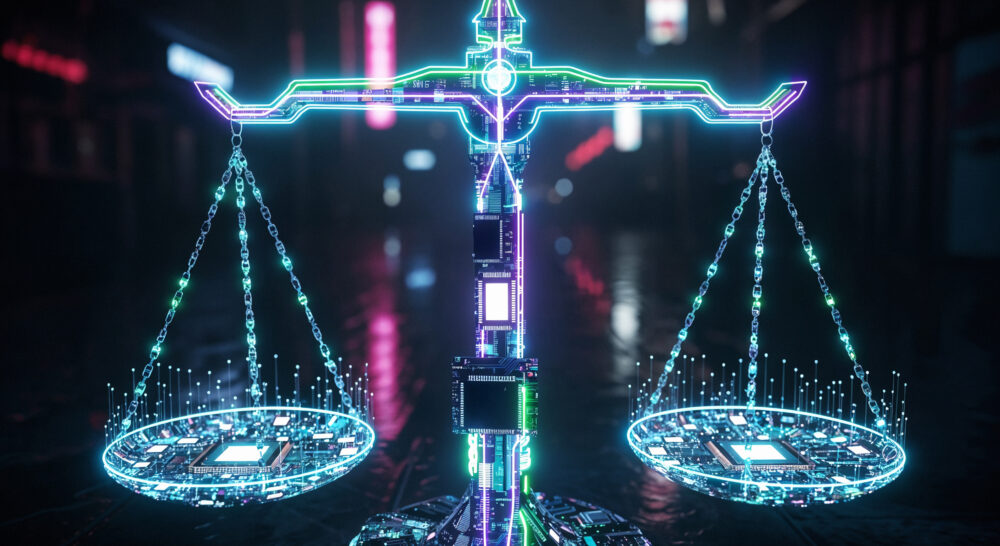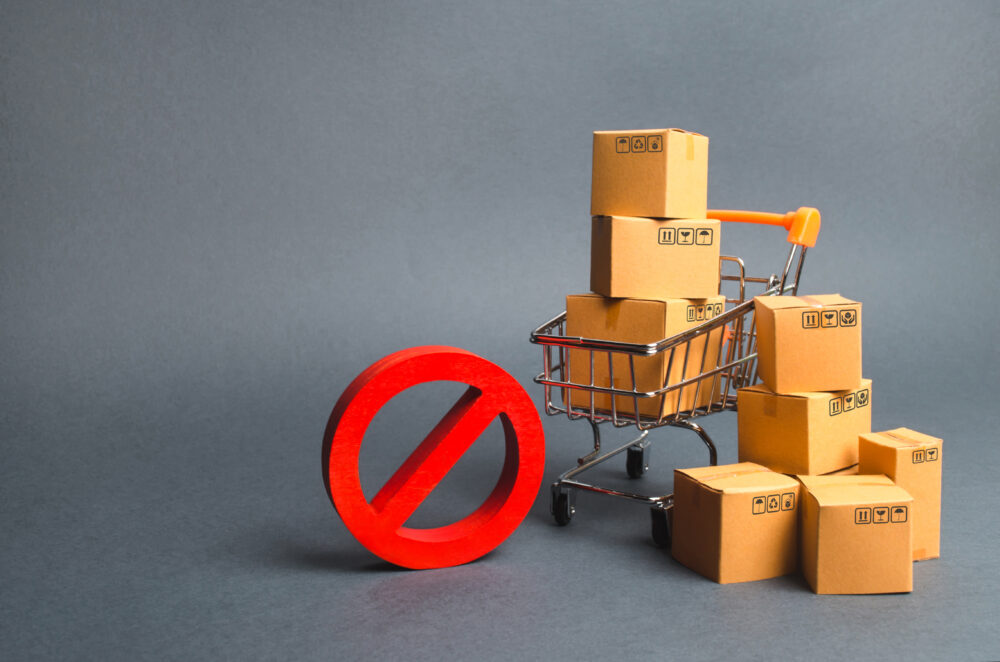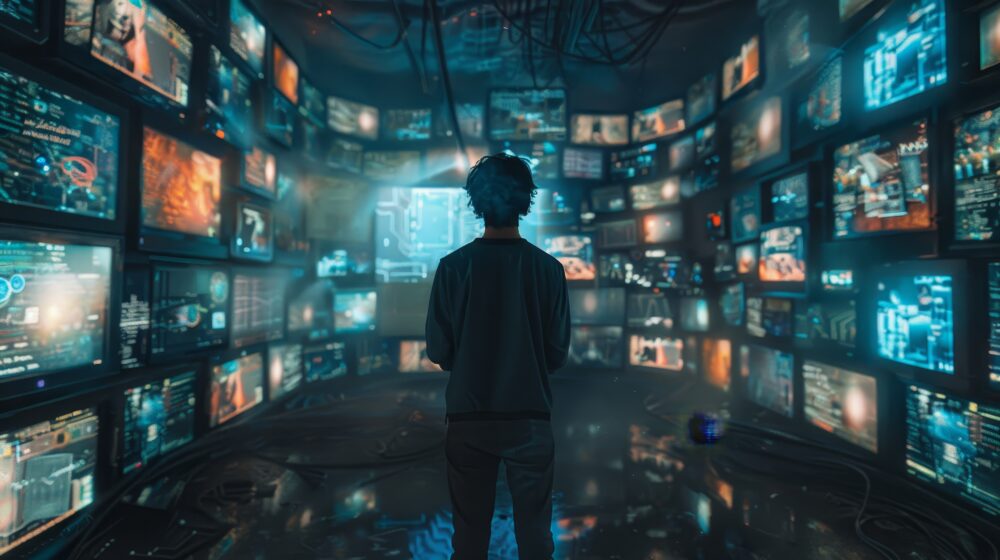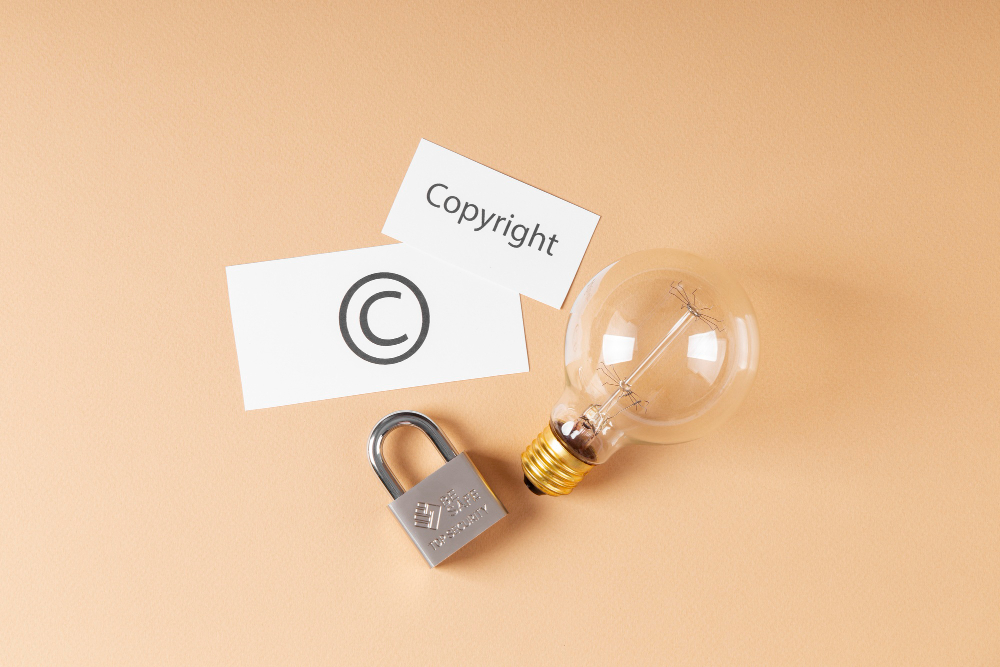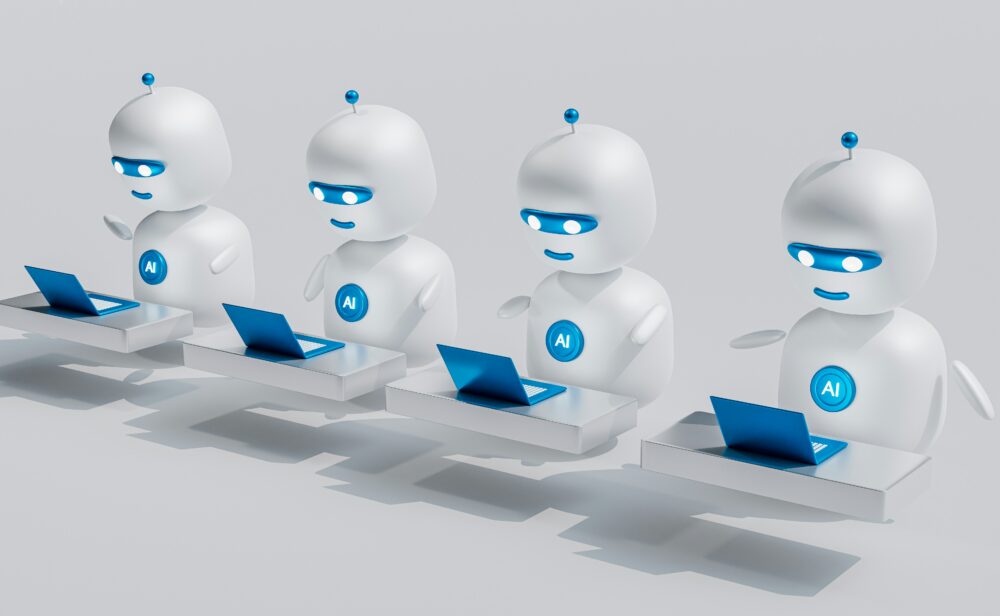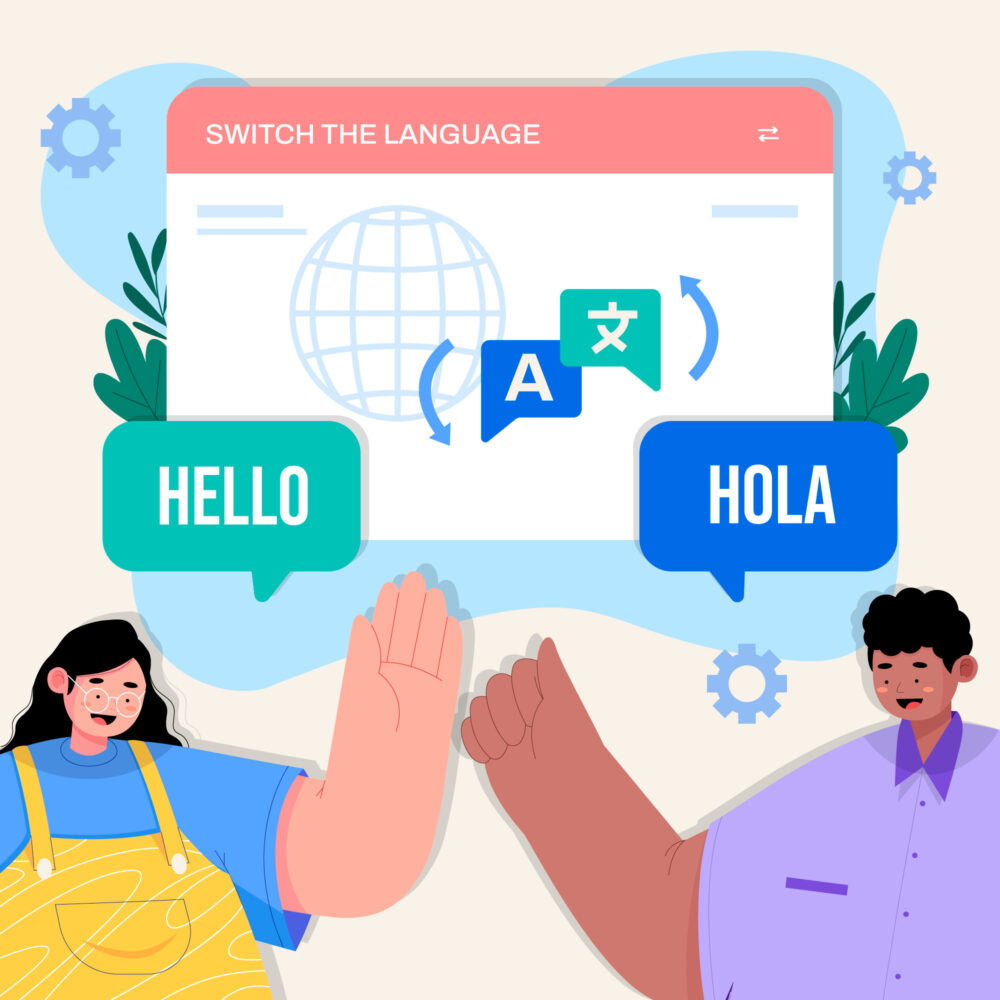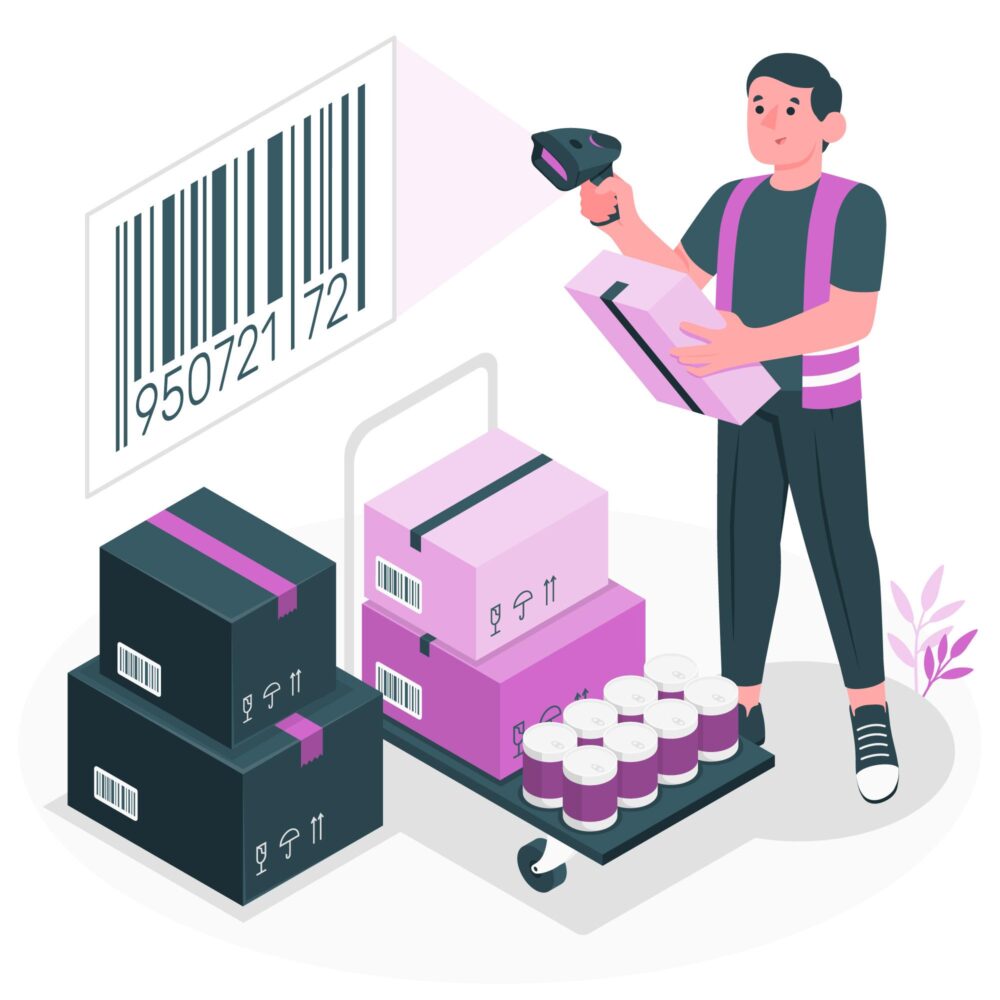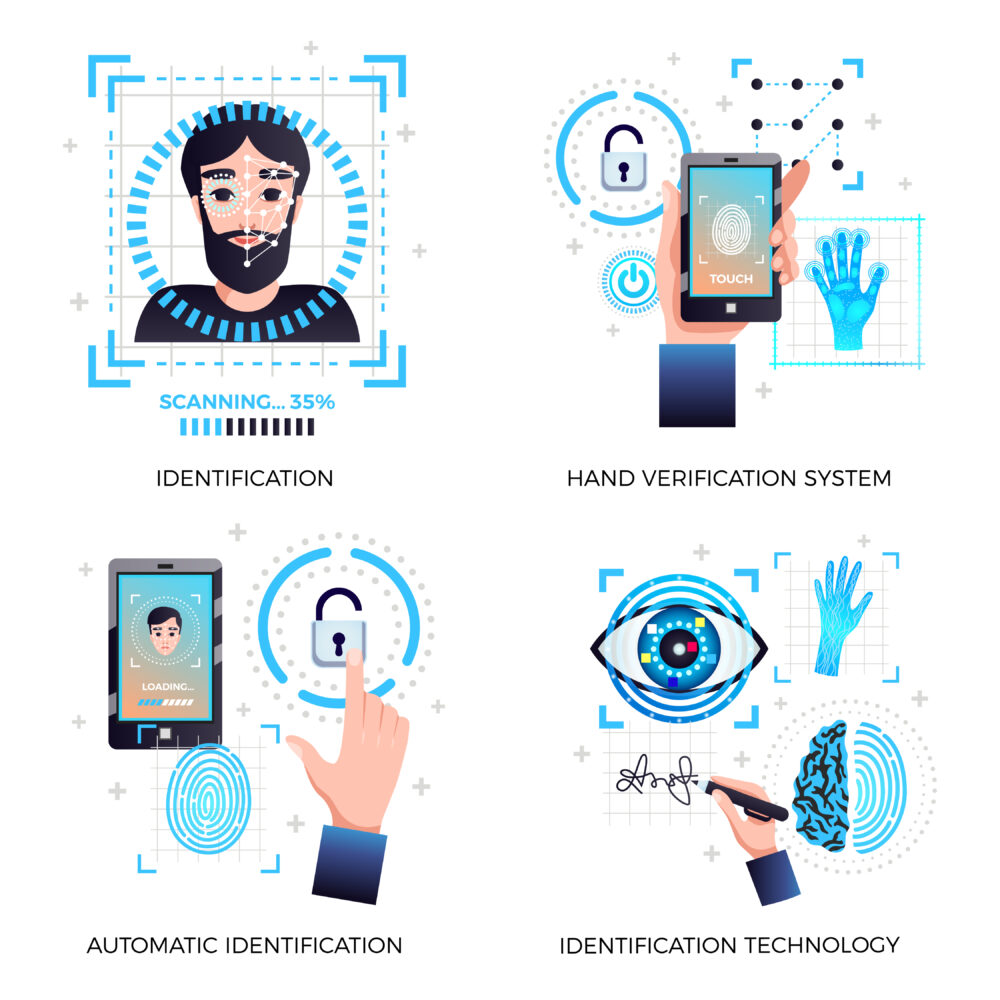The law on intellectual property rights was established to protect the legal rights and interests of owners and creators when producing intellectual property products. However, intellectual property rights are not absolute, granting all rights to the owner. Theoretically, in order to balance the interests of intellectual property rights holders and the public, various doctrines have emerged with the primary function of balancing the interests of the parties involved. Doctrines such as the “Fair Use Doctrine,” “Exhaustion Doctrine,” and “Parallel Import” are widely recognized and applied in many countries, which limit the rights of the intellectual property owner and mandate the transfer of rights to use patents, also known as Compulsory Licenses.
1. Concept of “Exhaustion of Rights” (Exhaustion of Right)
“Exhaustion” refers to the exhaustion of rights over industrial property objects resulting from the legal transfer of ownership of tangible goods containing intellectual property assets.
The exhaustion doctrine helps define the limits of exclusive intellectual property rights and balances the protection of intellectual property rights with ensuring market circulation and maintaining fair competition, as well as balancing the protection of the intellectual property holder’s interests with consumer interests. Intellectual property exhaustion laws and parallel import regulations exist in some countries of the ASEAN region.
It can be simply understood that when the owner or authorized party sells a product with a protected trademark to the market, the owner cannot prevent customers from reselling or gifting this product without the consent of the rights holder.
2. Types of Exhaustion Doctrine
Currently, there are three (03) exhaustion mechanisms in the world, as follows:
i. National Exhaustion: Under the national exhaustion mechanism, the right to distribute products held by the intellectual property owner only ends within the national territory. In other words, the intellectual property owner cannot prevent others from selling or gifting products released in the market by the owner, but the owner holds exclusive rights to import goods from abroad, even if those goods are sold by the owner or authorized parties.
ii. Regional Exhaustion: The regional exhaustion mechanism is similar to the national exhaustion but applies over a broader geographical area than national exhaustion.
iii. International Exhaustion: Under this mechanism, when a product protected by intellectual property rights is placed in any market worldwide by the owner or with their consent, the intellectual property rights are considered exhausted.
3. Exhaustion Doctrine in Vietnam
Vietnamese law stipulates the exhaustion doctrine in clause 2 Article 125, as amended in 2022: “The circulation, import, and exploitation of the use of products by the owner, the transferee of usage rights, including the compulsory licensing of use rights, or prior users of industrial property objects as prescribed by this Law, in both domestic and foreign markets.”
Thus, Vietnam applies the international exhaustion mechanism, meaning that the intellectual property holder does not have the right to prevent others from engaging in activities such as circulation, import, or exploitation of intellectual property products in foreign markets.
Reference to the definition of “placing products on the market” is provided in clause 2 Article 21 of Decree 103/2006/ND-CP: “Products placed on the market are understood as products released by the intellectual property owner, the transferee of usage rights, including those transferred under compulsory licensing, or prior users of industrial property objects, either in the domestic or foreign market.”
However, it is important to note that the owner’s inability to prevent others from engaging in activities such as “circulation, import, and exploitation” does not mean the complete loss of rights to use the industrial property object, as stated in clause 1 Article 123 and Article 124 of the 2005 Intellectual Property Law, as amended in 2009, 2020, and 2022. For instance, with trademarks, according to clause 5 Article 125 of the 2005 Intellectual Property Law, the trademark owner has the right to use the trademark in the following situations:
“5. Using a trademark refers to the following acts:
a) Affixing the protected trademark to goods, packaging, business vehicles, service vehicles, and transaction documents in commercial activities;
b) Selling, offering for sale, advertising for sale, displaying for sale, storing for sale, or transporting goods bearing the protected trademark;
c) Importing goods or services bearing the protected trademark.”
This means that a subject has the right to exploit and circulate a product with a trademark authorized by the trademark owner or authorized parties, but does not have the right to affix the trademark to business materials such as signs, documents, etc.
See more:
1/ Some issues to note when creating translated works
2/ Copyright Issues in Reality Television Shows
3/ Registering a sound trademark in Vietnam
Disclaimers:
This article is for general information purposes only and is not intended to provide any legal advice for any particular case. The legal provisions referenced in the content are in effect at the time of publication but may have expired at the time you read the content. We therefore advise that you always consult a professional consultant before applying any content.
For issues related to the content or intellectual property rights of the article, please email cs@apolatlegal.vn.
Apolat Legal is a law firm in Vietnam with experience and capacity to provide consulting services related to Intellectual Property Rights and contact our team of lawyers in Vietnam via email info@apolatlegal.com.







